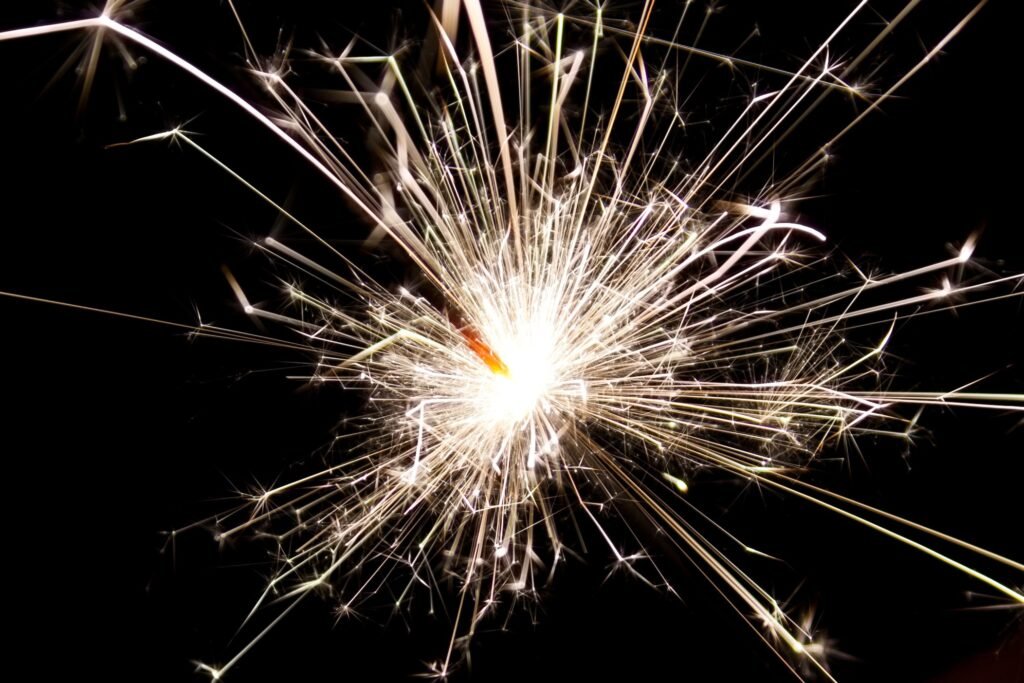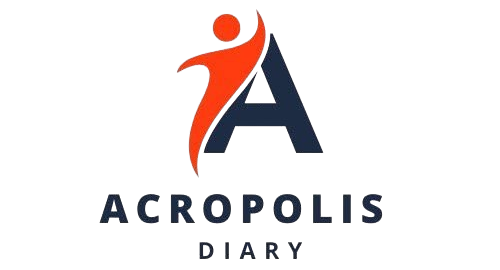
Hogmanay holds a special place as Scotland’s most significant day of the year.
Historically, it was even more celebrated, though today many Scots give greater importance to Christmas, unlike the past. Hogmanay, Scotland’s term for New Year’s Eve, used to be the main event for over 400 years, from the 17th century until 1958.
If you’ve read our blog from a few weeks ago, you might already know why. Yes, it’s partly because Christmas was banned in 1640. You can read more about that here.
Even so, Hogmanay remains a key celebration, especially in Scotland. Let’s dive into its origins and see how you can welcome the New Year with the same excitement we do in Scotland!
The History of Hogmanay
New Year’s Eve is known as “Hogmanay” only in Scotland. Experts suggest the name gained popularity in the 1560s during Mary Queen of Scots’ reign due to French influence. In Normandy, New Year’s Eve gifts were called “hoguignets” – doesn’t that sound similar?
But it’s not just the name that sets Scotland’s New Year’s Eve apart. Our traditions and the energy we bring to the celebration make it unique.
As mentioned, this has a lot to do with the Scottish Kirk’s decision to unofficially ban Christmas in the 1560s, followed by a formal prohibition in 1640. In Edinburgh, even something as small as baking a mince pie could land you in the Old Tolbooth jail if it was deemed Christmassy!
This led to New Year’s Eve becoming the most celebrated event in Scotland, as the kirk couldn’t interfere with non-religious festivities. As a result, all the fun, feasting, and joy shifted to December 31st.
How to Celebrate Hogmanay in Scotland
Although New Year’s Eve traditions in Scotland have evolved over time, one thing remains: the Scots still love Hogmanay! Here are three exciting ways you can join in the celebrations this year.
Edinburgh Hogmanay Street Party
For centuries, Edinburgh has hosted a Hogmanay celebration. What started as a street party near the Tron Kirk on the Royal Mile has, since 1993, turned into an official event held at Princes Street.
Now celebrating its 30th anniversary, the Edinburgh Hogmanay Street Party is expected to draw over 40,000 people. Attendees can enjoy live music, street performers, pipers, drummers, and even fairground attractions. This year, the new “Tartan Zone” at Waverley Bridge will feature lively Scottish music from Elephant Sessions, the Hannah Fisher Ceilidh Band, and others.
While the early bird EH tickets are no longer available, there are still some General Admission tickets left!
Loony Dook – New Year’s Day
Legend has it that the first Loony Dook took place on January 1st, 1987, when some locals in South Queensferry jokingly suggested a cold-water dip to cure their Hogmanay hangover. Fast forward 37 years, and it’s now a quirky tradition loved by many during Scotland’s New Year celebrations.
The concept? Wear the craziest costume you can find and take a plunge into the freezing waters of the Firth of Forth! Although this year’s event has been removed from the official Edinburgh Hogmanay calendar, an “unofficial” version is still happening. Are you daring enough to try?
First Footin’ – New Year’s Day
First Footin’ is an old tradition that isn’t as common today but still holds significance. It’s believed in Scotland that the first person to step into your home after midnight brings good or bad luck for the coming year.
A tall, dark-haired man was preferred as a good omen, while blonde or red-haired visitors were thought to bring bad luck, likely a reminder of Viking invaders in the 8th and 9th centuries.
